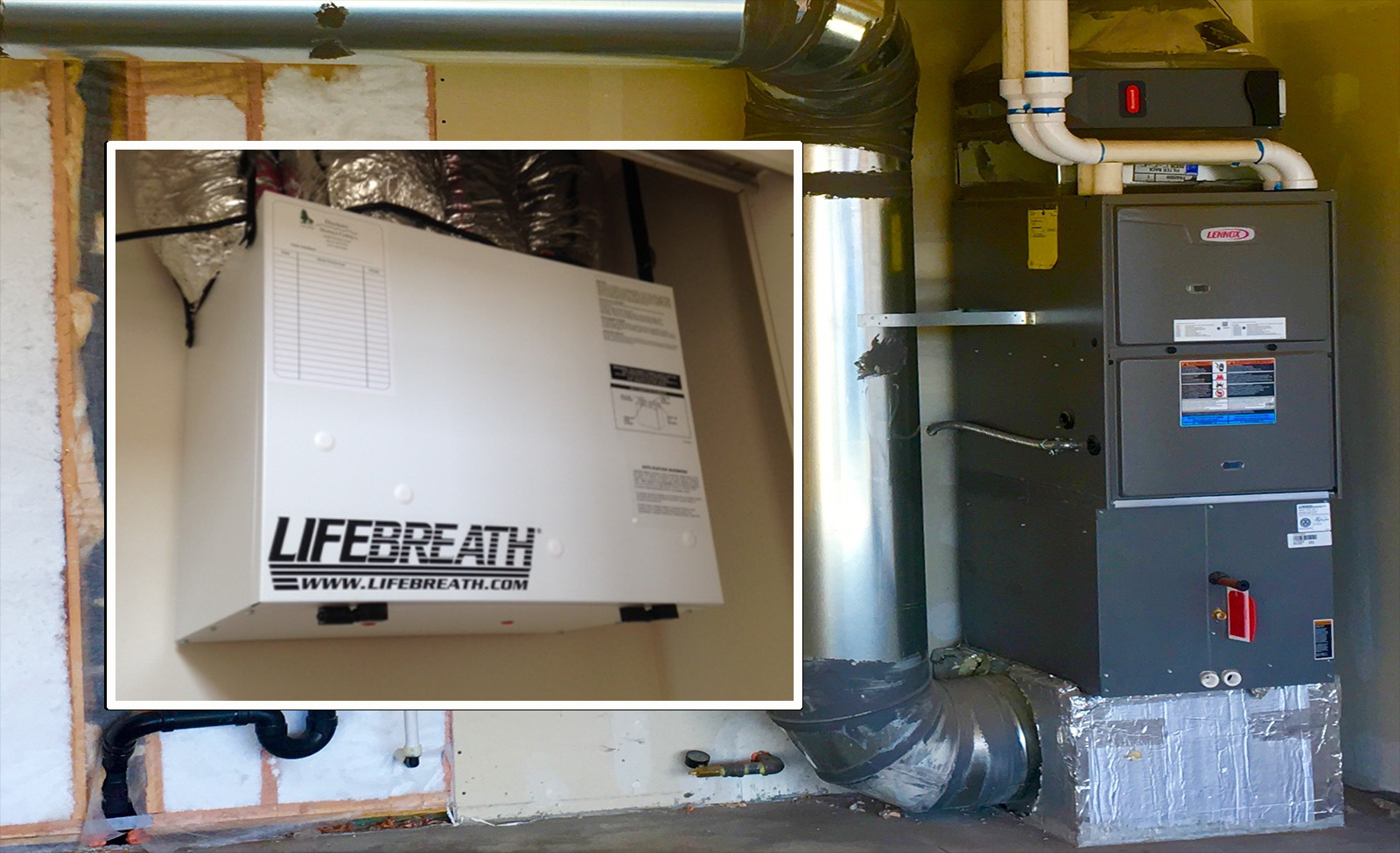The Function of HRV in Eco-Friendly Design
Exploring the Benefits of Heat Recovery Ventilation for Power Effectiveness in Homes
Heat Recovery Ventilation (HRV) systems offer homeowners a functional technique to boosting energy performance. By redeeming heat from outbound air, these systems can substantially lower heating & cooling expenses. Furthermore, they offer a stable supply of fresh air, improving interior air high quality and comfort degrees. As house owners think about sustainable alternatives, comprehending the subtleties of HRV systems comes to be increasingly essential. What factors should one review prior to making such an investment?
Understanding Heat Recovery Ventilation Systems

How HRV Enhances Indoor Air Quality

Energy Savings: The Financial Benefits of HRV
Maximizing power performance, heat recovery ventilation (HRV) systems use considerable financial advantages for property owners. By recouping and recycling warmth from exhaust air, HRVs considerably decrease cooling and heating costs. This modern technology can lead to power financial savings of approximately 30%, relying on environment and usage patterns. Home owners usually discover reduced energy costs soon after setup, making HRVs an economically smart investment over time. In addition, lots of areas give incentives or discounts for energy-efficient upgrades, additionally improving the financial allure. As energy prices proceed to increase, the cost-effectiveness of he said HRVs ends up being progressively clear. On the whole, the Learn More Here unification of HRV systems not only promotes energy performance however additionally contributes to long-lasting economic savings for homes.
The Environmental Impact of Heat Recovery Ventilation
A considerable ecological advantage of heat recovery ventilation (HRV) systems depends on their capacity to minimize total power intake. By recovering warm from exhaust air and moving it to inbound fresh air, HRV systems minimize the requirement for energy-intensive heating and cooling methods. This reduction in power demand adds to reduce greenhouse gas exhausts, as much less fossil gas is called for to preserve comfy interior temperatures. Furthermore, HRV systems boost indoor air top quality by successfully trading stale air with fresh outside air, minimizing dependence on mechanical cooling systems that can harm the atmosphere. Overall, the execution of HRV systems sustains sustainable living practices and lines up with international initiatives to combat environment modification by advertising energy effectiveness in property setups.
Picking the Right HRV System for Your Home
How can property owners guarantee they select the best heat recovery ventilation (HRV) system for their requirements? First, they must examine their home's size and design, as these variables affect air movement demands. Next off, reviewing the system's effectiveness scores is important, as higher ratings show far better efficiency and energy savings. House owners must likewise think about installment and upkeep costs, comparing various brands and models for worth. In addition, it is very important to evaluate noise degrees, as some systems operate more silently than others. Consulting with heating and cooling professionals can supply customized referrals based upon particular home problems. Analyzing individual reviews and guarantees can aid in making a notified choice, ensuring that the picked HRV system effectively boosts indoor air high quality and power efficiency.
Frequently Asked Inquiries

How Usually Should I Clean or Keep My HRV System?
The regularity of cleansing or maintaining a heat recuperation ventilation (HRV) system usually depends upon use and environmental aspects. Typically, it is suggested to execute Resources upkeep every 6 months to ensure peak performance and air top quality.

Can HRV Equipments Assist Decrease Humidity Levels Inside?
HRV systems can efficiently minimize interior moisture levels by exchanging stale, damp air with fresh, drier air from outdoors. HRV Heat Recovery Ventilation. This process assists keep a well balanced indoor atmosphere, boosting comfort and preventing moisture-related problems
What Is the Life-span of a Common HRV System?
The life expectancy of a common heat recovery ventilation (HRV) system varies, generally lasting in between 10 to 15 years. Regular maintenance can expand its efficiency and operational life, making certain peak efficiency throughout its usage duration.
Are There Any Type Of Sound Interest In HRV Solutions?
Noise interest in HRV systems can arise, particularly from fan procedure. Numerous modern units are developed to lessen sound levels, guaranteeing they run silently while preserving performance, which deals with possible disturbances in living settings.
Can I Install an HRV System Myself, or Do I Required a Specialist?
The private contemplated whether to set up the heat recovery ventilation (HRV) system directly or work with an expert. Usually, while do it yourself installation is feasible, expertise guarantees appropriate functionality and compliance with local building regulations, boosting system effectiveness.